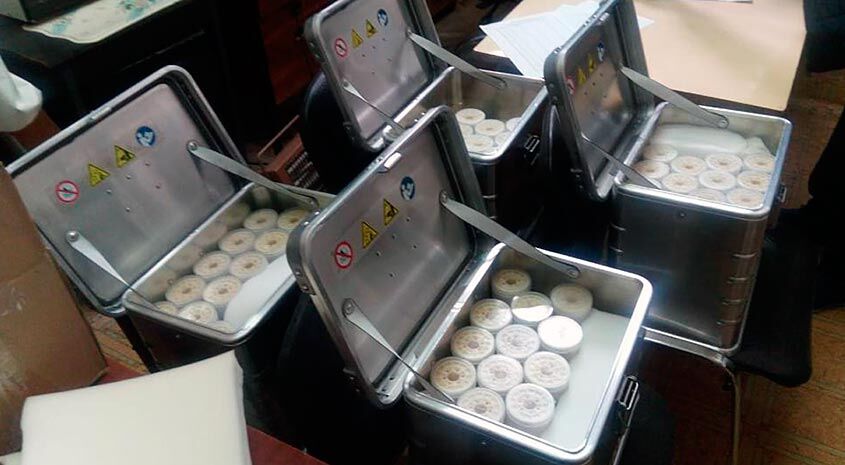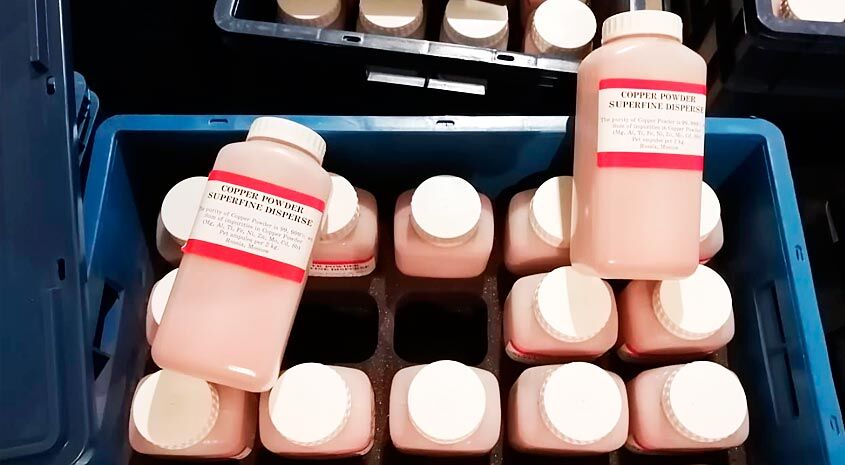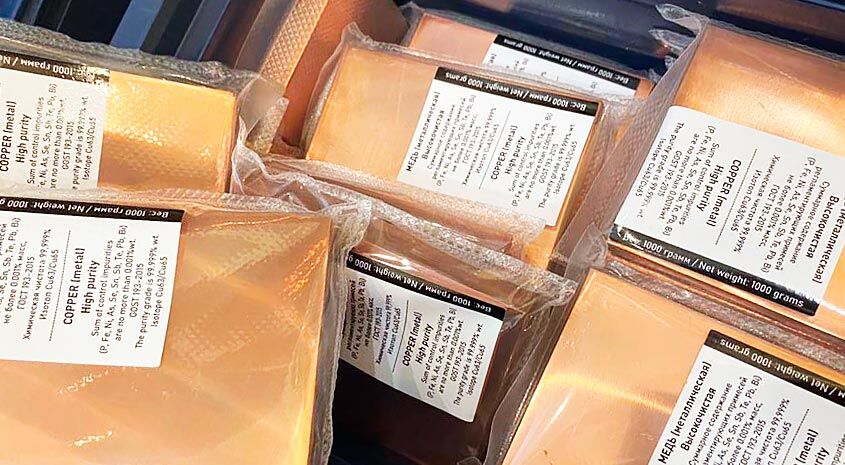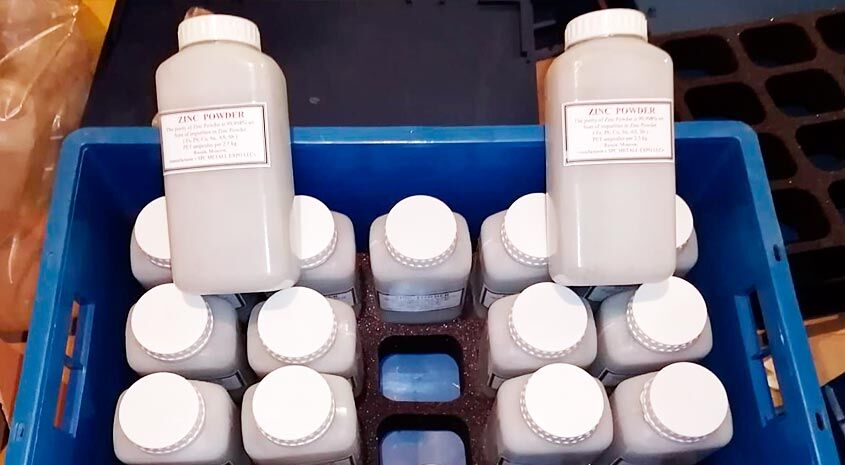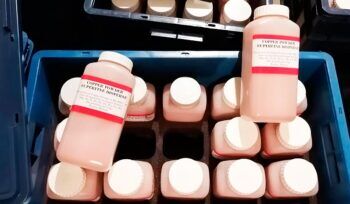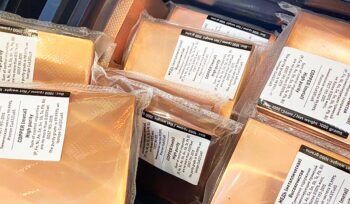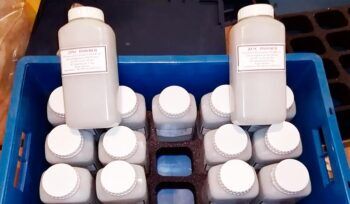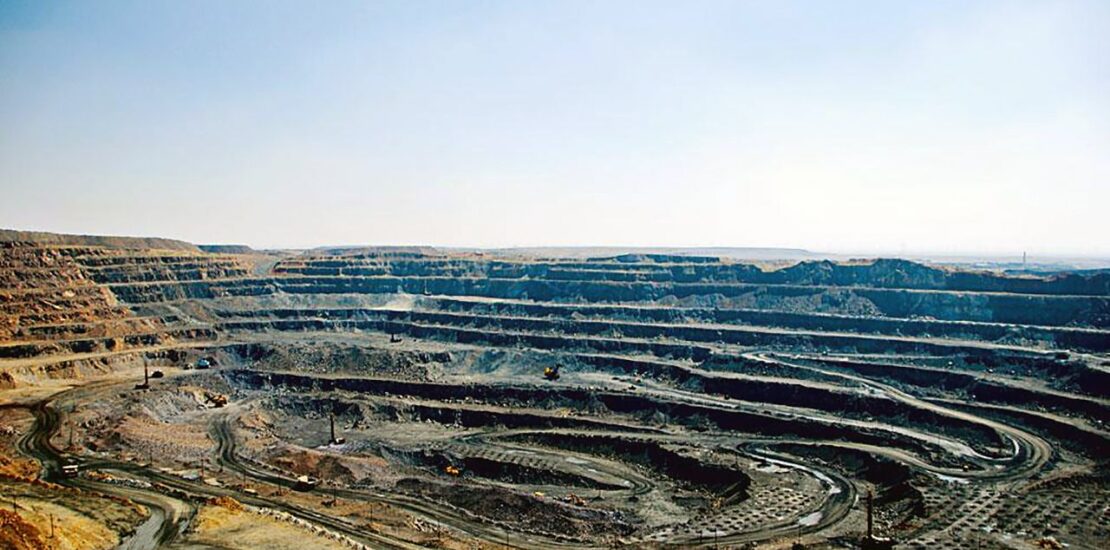
Mining history, thousands of tons, 1950-2000
Until the early 1990s, the main producer was the USA (Mountain Pass field). In 1986, 36,500 tons of rare earth metal oxides were produced in the world. Of these, 17,000 tons are in the USA, 8,500 tons in the USSR, and 6,000 tons in China. In the 1990s, the modernization of the industry with the participation of the state took place in China. Since the mid-1990s, China has become the largest producer.
In 2007-2008, 124 thousand tons of rare earth elements per year were mined in the world. China was in the lead, producing up to 120 thousand tons at the Bayan-Obo deposit, owned by the state-owned Inner Mongolia Baotou Steel Rare-Earth company. India has 2,700 tons, Brazil 650 tons.
In the 2010s, China pursued a policy of limiting the extraction and export of rare earth metals, which stimulated price increases and increased production in other countries.
In 2011, a Japanese team discovered deposits of rare earth ores at the bottom of the Pacific Ocean, checking soil samples from 80 locations from depths of 3.5 to 6 km. According to some estimates, these deposits may contain up to 80-100 billion tons of rare earth materials. The concentration of elements in the ore was estimated at up to 1-2.2 parts per thousand for yttrium and up to 0.2 – 0.4 parts per thousand for heavy REE; the best underground deposits have an order of magnitude higher concentration.
At the end of 2008, the data on reserves were as follows: China 89 million tons, CIS 21 million tons, USA 14 million tons, Australia (5.8 million tons), India 1.3 million tons, Brazil 84 thousand tons.
In the USSR and Russia
In the USSR, industrial extraction of rare earth metals has been carried out since the 1950s in the RSFSR, Kazakhstan, Kyrgyzstan, Estonia and Ukraine and reached 8,500 tons per year. After the collapse of the USSR and the industrial collapse, the production chains for obtaining rare earths began to disintegrate. This was also facilitated by the relative poverty of the ores of the main deposits.
The vast Russian raw material base of rare earth metals is mainly tied to apatite-nepheline deposits in the Murmansk region.
In 2014, the development of projects for the development of the world’s largest Tomtor deposit in Yakutia and the construction of a new Krasnokamensk hydrometallurgical plant in the Trans-Baikal Territory began. The start of production is scheduled for 2023. It is planned to produce about 14,000 tons of ferroniobium and about 16,000 tons of REM oxides. In 2016, an apatite ore processing plant with a capacity of 200 tons of separated oxides of rare earth elements per year was launched at the Acorn Novgorod plant. In 2018, an experimental production with the production of oxides of individual elements: La2O3, Ce2O3, Nd2O3 with a capacity of 130 tons was launched in the city of Korolev near Moscow. It is planned to resume full-cycle production with a capacity of up to 3,600 tons of separated oxides at the Solikamsk Magnesium Plant in Perm Krai.
Our products are high purity metals always in stock

